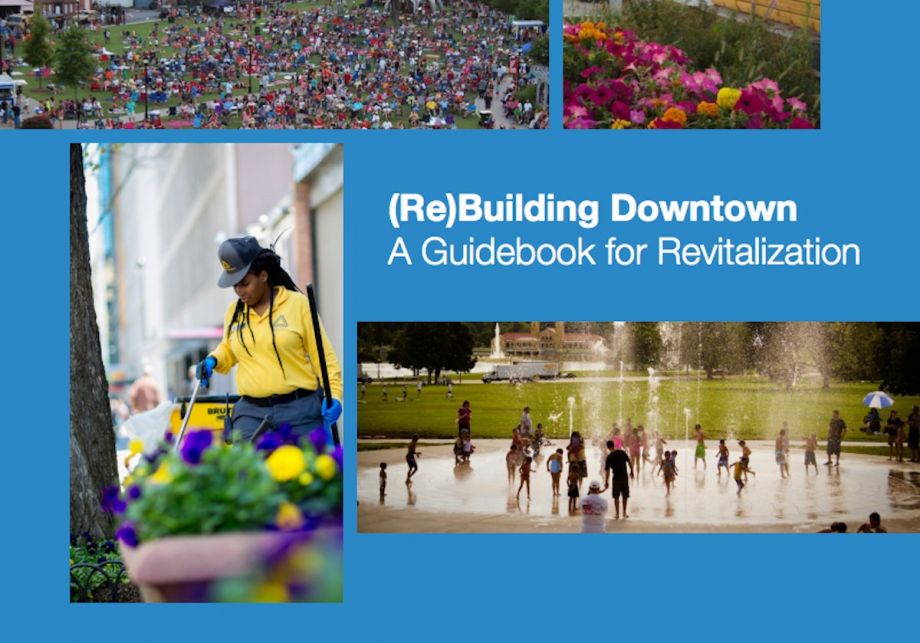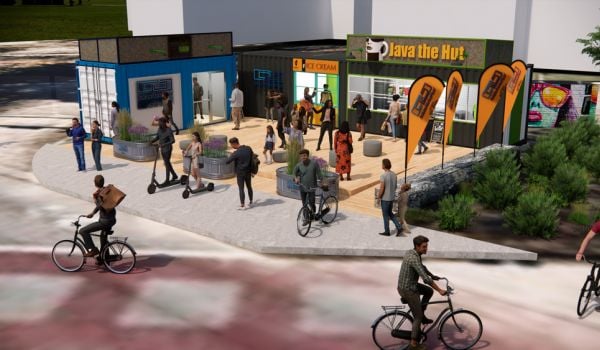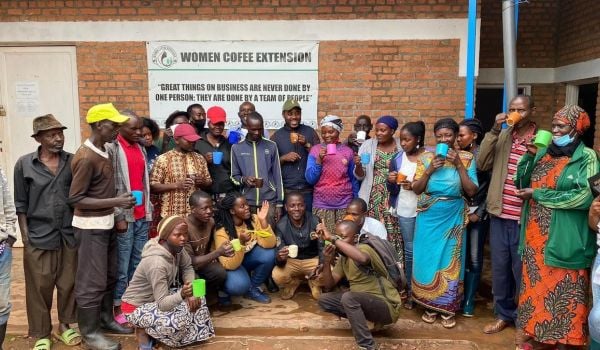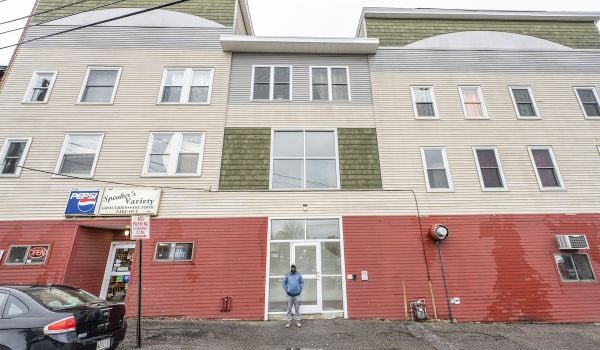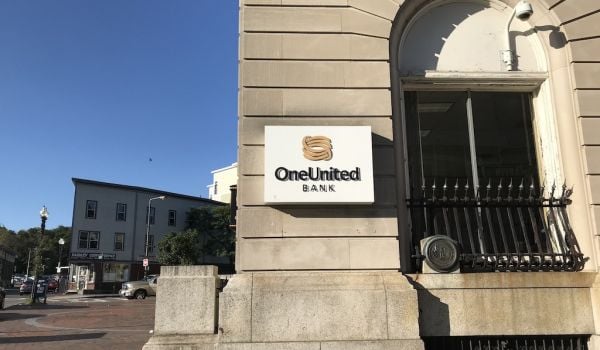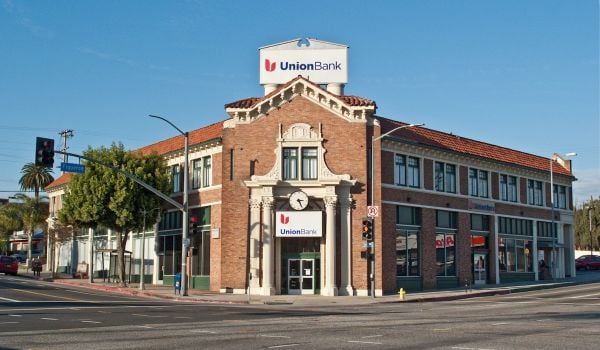Someone recently asked me — given the current state of this country, its rampant income inequality, sprawling and segregated metropolitan regions, structural issues at the root of so many other problems like violence and health crises that get more headlines — how did I feel about the fact that it was largely designed, that it was no accident who benefited and who got left behind.
I said I felt optimistic, because if that was all designed, we can design the opposite too.
Elected officials, who are central to the challenge of designing a more equitable, more urban world, are the target audience of “ReBuilding Downtown: A Guidebook for Revitalization,” released today by Smart Growth America. Equity comes up throughout the guidebook, and it’s also given an explicit section.
“Sprawl was inherently not concerned about equity. In many ways sprawl was the opposite,” says Chris Zimmerman, vice president for economic development at Smart Growth America.
Zimmerman agrees equitable development should inherently be easier in a downtown or urban setting with city services and public spaces more easily shared among diverse racial and income groups, “but as a practical matter, the transition becomes difficult going from places that have been poor or underinvested to places that have rising incomes again.”
In other words, equitable development still isn’t guaranteed in denser, more walkable downtowns, but it’s got a better chance if elected officials make it an explicit part of their vision and goals.
The guidebook is laid out like a rough outline for those officials, giving them a step-by-step process for revitalizing downtown areas. The first step is understanding and engaging the existing community.
“You need this to have a grassroots engagement effort from the beginning. You need the community to own it. You need to have strong leadership, but that only matters if it has grassroots support,” Zimmerman says.
Elected officials face a constant barrage of voices on economic development, Zimmerman explains. On one side, there are economic development professionals and chambers of commerce or economic development agencies; on the other, there might be people interested in preservation of historic buildings, who have their own language and expertise.
Community engagement is one way that people can gain some measure of ownership over the economic development process. It’s also a way to make sure those voices last beyond any one election cycle or term limits.
“If you have grassroots ownership, it becomes something that successive officeholders want to identify themselves with, to assure people they will continue it,” Zimmerman says.
The earlier equity comes up in economic revitalization discussions, the better. Ideally, cities set expectations for equity from the start. Zimmerman mentions Portland’s Pearl District as a good example of a downtown-type revitalization that started around 20 years ago with goals around housing affordability.
In 1994, Portland City Council set a minimum of 35 percent (and a maximum of 55 percent) of new units to be made affordable for people or families earning up to 80 percent of area median income. Nothing guarantees things will go smoothly, but they did include a plan B: If a developer missed the target, the city would buy back some of the land at a discount, and find another developer to build the affordable housing.
Last year, the city determined the original developer in the Pearl District had missed the target. The city inked a deal with a new developer this October to build on the re-purchased land, including units guaranteed to be affordable for people earning up to just 60 percent of area median income.
Housing isn’t the only element of course.
“Creating jobs at different income levels is more difficult,” Zimmerman says. “In many ways housing is the key. If you’re creating a new successful downtown, you’re going to create the jobs. The question is whether lower-income people are going to be able to live near there.”
The guidebook section on equity outlines some strategies for fostering economic opportunity, such as discounted rents for independent or minority-owned businesses, working with landlords to protect existing businesses, or working with local or minority-owned construction companies. In some ways it’s obvious, but in other ways it’s a message that still gets lost in that cacophony of economic development voices.
“We can all get a Starbucks or Gap anywhere,” says Zimmerman. “The reason people are drawn toward many downtown places are the uniqueness, some kind of authenticity, which comes not from major national stores, it comes from smaller local independent businesses.”
The guidebook also accounts for regulatory issues that can stall revitalization efforts, such as outdated ordinances and zoning, byzantine permitting, and other bureaucratic procedures. Another section deals with financing projects.
It ends the same way it begins — with community engagement. In a section on establishing ongoing place management, whether through a business improvement district or some other mechanism, regularly convening stakeholders to discuss short- and long-term issues is a big emphasis for Smart Growth America.
“Having a plan rooted in the community is part of making sure it survives more than one political cycle,” Zimmerman says.
The Equity Factor is made possible with the support of the Surdna Foundation.

Oscar is Next City's senior economic justice correspondent. He previously served as Next City’s editor from 2018-2019, and was a Next City Equitable Cities Fellow from 2015-2016. Since 2011, Oscar has covered community development finance, community banking, impact investing, economic development, housing and more for media outlets such as Shelterforce, B Magazine, Impact Alpha and Fast Company.
Follow Oscar .(JavaScript must be enabled to view this email address)


